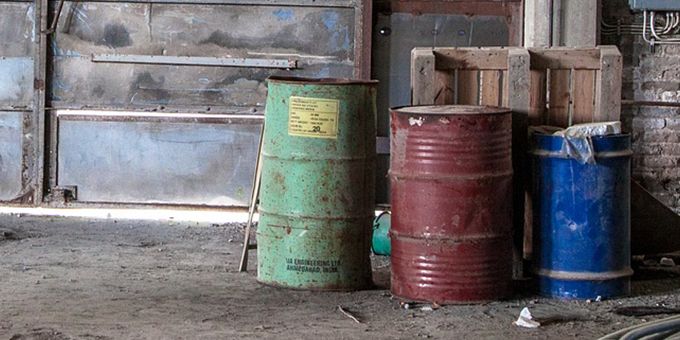As the demand for renewable energy continues to grow, so does the need for suitable locations and project sites. As it turns out, there are ways to use many Superfund sites and similar properties to this end.
 Renewable Energy for Environmental Remediation
Renewable Energy for Environmental Remediation

Emily Folk | Conservation Folks
Unfortunately, some areas of land have become toxic or contaminated. Many of them were the primary site for hazardous chemical or industrial waste projects. For that reason, it's challenging, if not impossible, to repurpose them for conventional means. For instance, you wouldn’t want to convert such areas into residential properties, at least not without cleaning up the space.
However, that doesn’t mean there's no way to use them at all. With the proper remediation and techniques, the land can still serve a purpose. One way in which organizations have begun to make use of such properties is for renewable energy projects.
An excellent example of this in action is the new 120-acre utility-scale solar farm built on the Reilly Tar & Chemical Corporation Superfund site. For decades, the place was a chemical production facility with poor waste handling, resulting in the contamination of soil and groundwater. After several cleanup operations headed by the EPA, the site is much safer than it used to be. Also, the solar farm allows it to serve a purpose, rather than going to waste.
As the demand for renewable energy continues to grow, so does the need for suitable locations and project sites. As it turns out, there are ways to use many Superfund sites and similar properties to this end. Brownfields, landfills and disposal properties, retired power plants, military and missile silos, could all prove useful with the adequate remediation.
Why Superfund Properties Are Ideal for Renewable Energy Projects
Ultimately, each site is different, which means there may be limiting factors or complications that rule out a potential area. In a general sense, however, most Superfund sites, landfills and similar properties are ripe for remediation. Here’s why.
-
Large, open spaces: Utility and large-scale renewable energy systems need abundant land. Solar farms, for example, must spread across an open area. They must also be on a property that sees plenty of sunlight and tends to have fewer inclement weather changes. Contaminated lands or properties can still be valuable land, and while human inhabitants must generally avoid the area, there’s no reason it cannot yet be useful.
-
Lower costs: Because of the state of such lands, the costs of purchasing, renting or using them are generally lower. Many of them even tend to have existing infrastructure or amenities that would cost additional money to develop from scratch. Landfill sites, for example, tend to have paved roads surrounding and weaving through the property. Other additions might include substations, power lines, small offices and more. Plus, the properties are already commercial or industrial zones, which means there will be fewer problems converting them to a renewable energy facility.
-
Widespread community support: Who loves a landfill? What about a hazardous chemical or waste plant? While they are necessary evils, the nearby communities often prefer to see the land used for something healthier and more wholesome. Communities tend to rally behind the development of renewable energy already, let alone a project that aims to repurpose and reclaim land that would otherwise go to waste. Also, specific practices such as bioremediation can help restore areas to their former glory, or somewhere near it, anyway.
-
Land preservation: Because renewable energy facilities need so much room, project managers tend to target sprawling agricultural or other green spaces. By using what would otherwise be off-limits properties, developers can preserve non-contaminated land for better, more resourceful means. Alternatively, the blighted land instantly becomes more sustainable.
Things to Consider Before Remediation
Of course, not everything about the remediation of contaminated lands is positive. Organizations will still need to mind the conditions of the area, especially for their personnel. Those manning or servicing the renewable energy facility will need to wear the proper protective gear, in addition to anything else they would need while working on conventional systems.
Some properties would also need to go through a cleanup process, similar to what the EPA has done with the Reilly Tar & Chemical Superfund site. Property managers need to adequately remove and dispose of any leftover debris or hazardous materials. They must conduct tests of the soil and groundwater conditions. There’s also much more to consider when sanitizing such a property.
Luckily, the EPA has published guides on screening these kinds of sites for solar and wind projects.
All in all, with the right planning, vetting procedures and cleanup, developers can effectively repurpose contaminated or blighted property for the use of renewable energy facilities.
If you like this article you may like "How Machine Learning Could Impact the Future of Renewable Energy"
The content & opinions in this article are the author’s and do not necessarily represent the views of AltEnergyMag
Comments (0)
This post does not have any comments. Be the first to leave a comment below.
Featured Product

